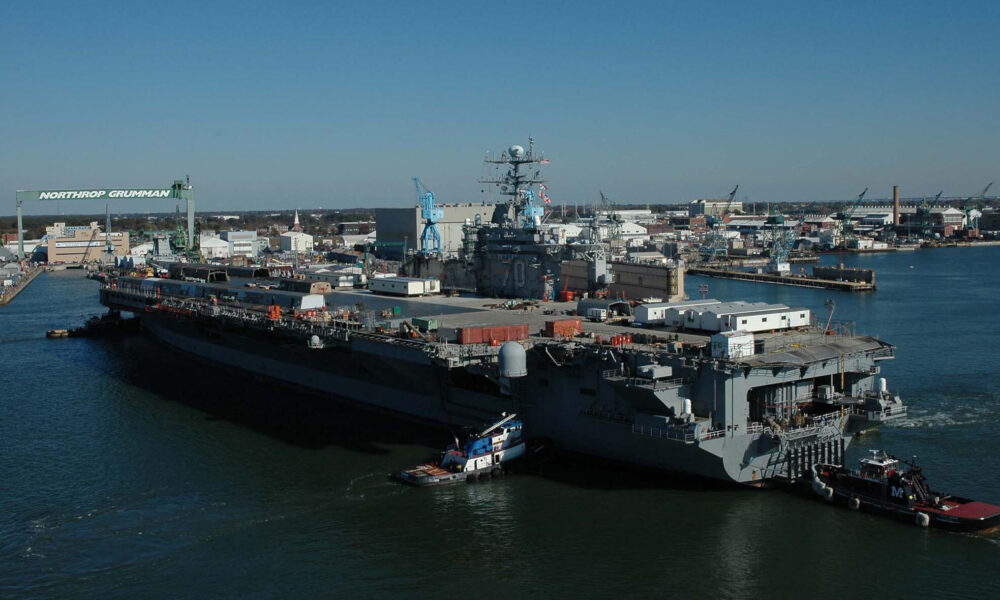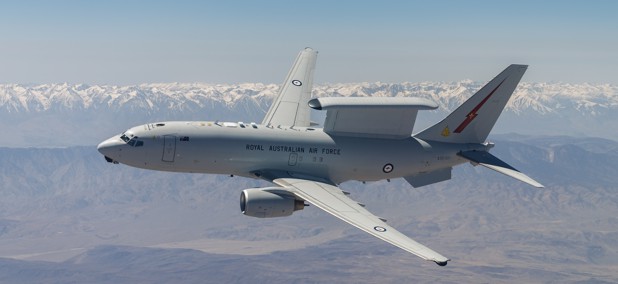The United States Navy is grappling with significant challenges in its shipbuilding sector, a situation described by Secretary of the Navy John Phelan during a Congressional testimony in June 2025. Phelan stated, “All our programs are a mess,” highlighting that many projects are running behind schedule and over budget, with the best-performing program being six months late and 57 percent over budget. This crisis comes at a time when the U.S. increasingly relies on naval strength to safeguard its global interests.
To address these pressing issues, Phelan and others have emphasized the need to revitalize the U.S. maritime industrial base. Despite the Trump administration‘s plans for new investments and workforce training, tangible improvements are not expected to materialize for several years. Phelan acknowledged the necessity for the U.S. to “buy some ships from other countries,” particularly from allies like Japan and South Korea, which rank as the world’s second and third-largest commercial shipbuilders.
Proposed Strategies for Enhanced Cooperation
To strengthen its shipbuilding capabilities, the U.S. administration is urged to explore three key opportunities for enhanced cooperation with allied shipyards. These include expanding maintenance, repair, and overall (MRO) cooperation; establishing a joint U.S.-Japan mine countermeasures agreement; and cautiously outsourcing some production of Arleigh Burke-class destroyers to allied yards.
First, the U.S. should expand MRO capabilities across allied yards. This initiative is vital as it addresses the Navy’s most immediate challenge while building on existing cooperation. For instance, in 2019, Japan’s Mitsubishi Heavy Industries (MHI) successfully repaired the USS Milius, marking a significant step towards deeper maritime industrial collaboration. Recently, South Korean firms such as Hanwha Ocean and Hyundai Heavy Industries have performed repairs on Navy combat support ships more efficiently than many American shipyards.
To capitalize on this momentum, Washington should scale up MRO cooperation by formalizing partnerships with foreign companies already engaged in repair agreements with the Navy. Establishing permanent liaison offices and potentially a regional coordination center in Japan or Guam could further institutionalize these efforts.
Strengthening Mine Countermeasure Capabilities
The second priority involves the collaborative development and production of minesweepers with Japan, which has established itself as a leader in this field. Despite ongoing delays and technical challenges surrounding the Littoral Combat Ship, the Navy faces a significant shortfall in mine countermeasure capacities. This vulnerability necessitates leveraging Japan’s advanced fleet, particularly the Awaji-class ships, known for their innovative designs that reduce magnetic signatures.
The Trump administration is encouraged to formalize this cooperation through a Mine Countermeasures Pact, similar to the Icebreaker Collaboration Effort between the U.S., Canada, and Finland. Such a pact would pool resources and expertise, enhancing the U.S.’s ability to produce next-generation minesweeping capabilities.
Lastly, the U.S. should consider cautiously supplementing its production of Arleigh Burke-class destroyers, currently limited to just 1.5 ships per year. Both Japan and South Korea already construct comparable destroyers that incorporate U.S. subsystems. Their shipyards can produce these vessels at a faster pace—Hyundai reportedly builds up to five destroyers annually, nearly three times the U.S. output.
By outsourcing some destroyer production, the U.S. could bridge immediate shortfalls while simultaneously rebuilding its shipbuilding base. Modifying hulls from allied shipyards, which could provide vessels up to 90 percent complete, would allow American firms to make necessary adaptations to meet U.S. Navy specifications.
Challenges and Strategic Imperatives
While these proposals present a strategic path forward, they are not without challenges. Congressional representatives with local shipyards may resist changes that could jeopardize domestic jobs. Nevertheless, the urgency of national security considerations is beginning to outweigh these local concerns. The proposed Ensuring Naval Readiness Act aims to permit the Navy to construct ships in allied yards, reflecting a gradual shift in the political landscape toward international cooperation.
Legal barriers still exist, particularly with statutes like the Buy American Act, which limits foreign procurement. However, national security exemptions could be utilized to facilitate alliances that enhance U.S. security interests.
Moreover, political dynamics with allied nations could complicate these efforts. Trade disputes and recent controversies, such as U.S. immigration actions affecting Hyundai facilities, have strained relationships. To foster trust and commitment, the U.S. will need to ensure transparency and sustained engagement with its allies.
The proposed strategies—expanding MRO cooperation, establishing a Mine Countermeasures Pact with Japan, and selectively outsourcing destroyer production—represent a strategic yet incremental approach to addressing the Navy’s immediate needs while strengthening long-term maritime capabilities. By effectively sharing industrial burdens with allies, the U.S. can lay a robust foundation for a future-oriented maritime strategy.
This article reflects the insights of Craig Fischbach, a U.S. Navy Surface Warfare Officer, and Kelly A. Grieco, a senior fellow at the Stimson Center and adjunct professor at Georgetown University. The views expressed herein do not represent the official positions of the U.S. Department of Defense, the Department of the Navy, or the U.S. government.







